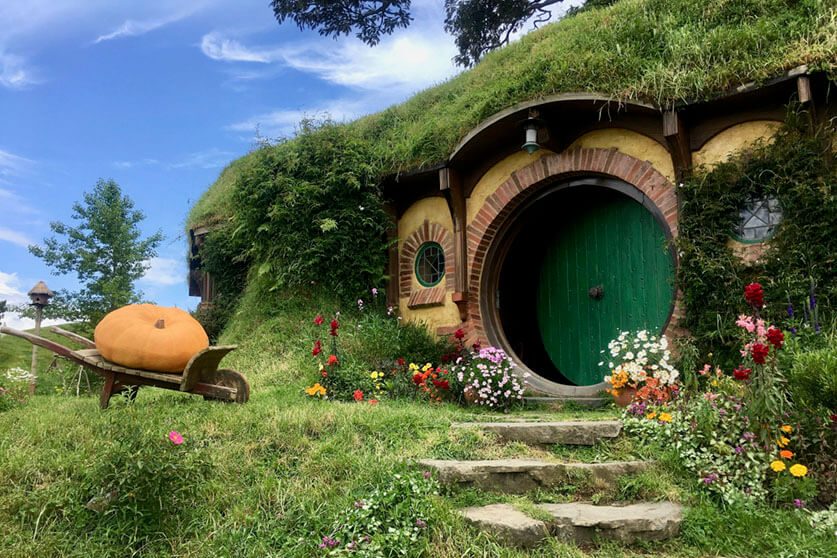Part 2: Pathways to a Habitable Future
If we are honest with ourselves, we must admit that we are far off track. Despite decades of scientific warnings and international agreements, we are accelerating toward greater ecological collapse. Greenhouse gas emissions continue to rise. Biodiversity loss is accelerating. Wealth inequality is widening. The dominant political and economic systems remain rooted in extraction, competition, and short-term thinking. The future being shaped by current trajectories is not one that supports life, liberty, or dignity for the majority of Earth’s inhabitants.
Yet even as these systems unravel, seeds of transformation are being sown. Around the world, people are creating new models, frameworks, and practices that point toward a different future—one grounded in reciprocity, sufficiency, justice, and resilience. These are not abstract theories; they are living experiments, often at the margins, but capable of scaling and interconnecting into a viable alternative.
Here is an expanded and reordered set of pathways we believe are worth exploring, investing in, and amplifying:
- Bioregionalism Bioregionalism starts with the recognition that each region has its own ecological, cultural, and hydrological identity. By organizing social, economic, and political life around bioregions—rather than arbitrary administrative boundaries—we can realign human activity with the natural systems that sustain life. Bioregionalism fosters place-based governance, regenerative economies, and deep cultural belonging.
- Ecorestoration Restoring degraded ecosystems is not only necessary for climate resilience and biodiversity, it is also a profound act of reconciliation with the Earth. Ecorestoration includes reforestation, wetland regeneration, soil rebuilding, and the rewilding of landscapes. Done properly, it integrates local knowledge, restores ecosystem services, and creates meaningful livelihoods.
- Indigenous Ways Indigenous knowledge systems offer profound insights into how to live in respectful, reciprocal relationship with land and community. These ways are not static traditions but living systems of governance, economy, and spirituality rooted in long-term ecological stewardship. Centering Indigenous leadership is vital for healing past harms and imagining post-extractive futures.
- Ecological Economics This rethinking of economics places ecological limits at the heart of decision-making. It challenges the dogma of endless GDP growth and calls for a steady-state or regenerative economy that operates within planetary boundaries. It redefines wealth to include natural and social capital, and supports well-being over consumption.
- Degrowth Degrowth is a political, cultural, and economic movement advocating for the intentional downscaling of production and consumption in wealthy countries, to reduce environmental impact and redistribute resources. It is not about austerity, but about creating a society focused on care, leisure, community, and ecological balance.
- Doughnut Economics Developed by Kate Raworth, this model envisions a safe and just space for humanity, bounded by ecological ceilings and social foundations. It reframes economic success around thriving within limits, and encourages cities and nations to redesign themselves using this holistic framework.
- Permaculture and Regenerative Agriculture Permaculture is a design philosophy and practice that mimics natural ecosystems to create perennial agricultural, cultural, and social systems. Permaculture emphasizes interdependence, zero waste, and self-sufficiency, and offers practical tools for transforming both rural and urban landscapes. Regenerative Agriculture “prioritizes practices that promote soil health, biodiversity, and ecosystem services, resulting in more nutrient-dense and flavorful produce that is free of harmful chemicals and additives” (Regenerative Farmers of America). Only about 1.5% of the 900 million arable acres in the U.S. are currently being farmed regeneratively. However, regenerative farmer Will Harris states that, based on recent studies, if we transitioned half of US farmland to Regenerative systems, we could return to pre-industrial revolution carbon levels in the atmosphere. (http://regenerativefarmersofamerica.com)
- Right Livelihoods Creating work that is dignified, purposeful, and aligned with planetary healing is critical. Right livelihood supports local economies, cultural regeneration, and social equity. It includes jobs in ecosystem restoration, care work, education, clean energy, and local food systems.
- Sustainable Energy Utilities Community-owned or nonprofit renewable energy utilities can democratize energy, reduce emissions, and build local resilience. These utilities invest in local infrastructure, support energy efficiency, and return value to their communities instead of shareholders.
- Ethereum Localism Emerging blockchain technologies—particularly Ethereum-based tools—can be used to support decentralized governance, transparent funding, and community ownership. Ethereum Localism explores how smart contracts and DAOs (Decentralized Autonomous Organizations) can power regenerative economies and commons-based management.
- Flow Funding A philanthropic model where funders trust frontline actors to allocate resources dynamically and relationally. Flow funding emphasizes emergent leadership, trust-based giving, and systemic thinking, supporting grassroots efforts without the constraints of conventional grantmaking.
- Multicapital Accounting Moving beyond single-bottom-line accounting, this framework tracks multiple forms of value—natural, social, human, intellectual, and financial capital. It helps organizations and communities make decisions that account for their true ecological and social impacts.
- Shifting Mindsets Inner transformation is foundational to outer transformation. Shifting mindsets involves cultivating ecological consciousness, emotional resilience, and systems thinking. It means reawakening our sense of wonder, agency, and shared destiny.
- Restoring the Sacred At the heart of all regeneration is a spiritual shift: the recognition that the Earth is not a resource, but a living community of which we are a part. Restoring the sacred means honoring life, grieving loss, and rekindling reverence. This may take many forms, from ritual and ceremony to new cosmologies and spiritual practices.
None of these pathways alone is sufficient. But together, they offer a mosaic of transformation. They invite us to imagine a world that is not only survivable, but beautiful—a world where humans live in right relationship with one another and with the Earth.
The road ahead will not be easy. But it is ours to choose. And the time is now.
Let us walk it with courage, creativity, and care.
